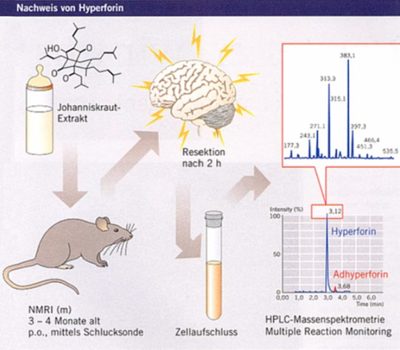Research
Current research projects, group of Prof. Schubert-Zsilavecz
In our group, research focuses on the medicinal chemistry of ligands of nuclear receptors ( Farnesoid X Receptor (FXR), Peroxisome Proliferators-Activated Receptor, PPAR) and the development of analytical techniques for the determination of natural products in biological matrices.
Nuclear receptors are transcription factors that are essential in embryonic development, maintenance of differentiated cellular phenotypes, metabolism an cell death. Dysfunction of nuclear receptor signalling leads to proliferation, reproductive and metabolic diseases such as cancer, infertility, obesity and diabetes.
Pharmaceutical nuclear receptor agonists or antagonists, such as tamoxifen for oestrogen receptors (targeted in breast cancer), thiazolidinediones for peroxisome proliferators-activated receptor-g (PPARg) (targeted in type II diabetes) or dexamethasone for the glucocorticoid receptor (targeted in inflammatory diseases), are among the most commonly used drugs.
Furthermore we are involved in the developement of inhibitors of the microsomal prostaglandin E synthase 1. mPGES-1 constitutes an inducible glutathione-dependent integral membrane protein that catalyzes the oxidoreduction of cyclooxygenase derived PGH2 into PGE2. mPGES-1 has been implicated in a number of human diseases of pathological conditions, such as rheumatoid arthritis, fever, and pain, and is therefore regarded as a primary target for the development of novel anti-inflammatory drugs.
Ongoing Research
Bioavailability of natural compounds
 In the past, we focused on the development of analytical techniques for the determination of active ingrediants in medicinal plants. Responding to a growing interest, we are focusing now on the determination of these herbal ingredients in biological fluids and tissues (e.g. blood, CNS,...). In the foreground is the question, if active ingredients of Hypericum perforatum like hyperforin, hypericins and flavonoids are able to reach the CNS in adequate concentrations.
In the past, we focused on the development of analytical techniques for the determination of active ingrediants in medicinal plants. Responding to a growing interest, we are focusing now on the determination of these herbal ingredients in biological fluids and tissues (e.g. blood, CNS,...). In the foreground is the question, if active ingredients of Hypericum perforatum like hyperforin, hypericins and flavonoids are able to reach the CNS in adequate concentrations.
Besides Hypericum perforatum other plants (Boswellia serrata, Gingseng, Ginkgo biloba,....) are of current interest.









